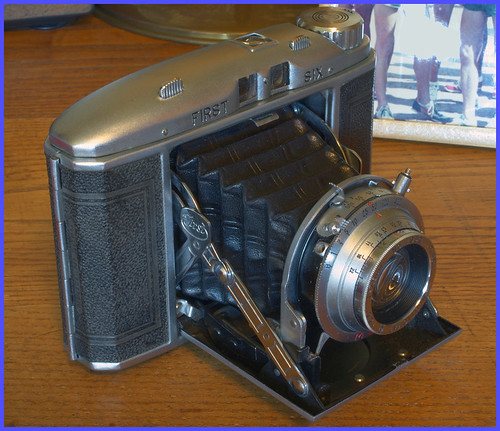It could be worth a try, before having to modify the Record structure. You only need a comparatively small increase in front cell extension to increase the effective focal length. My experience is that the lens performance ( a compromise anyway with cell focussing) would not be noticeably degraded unless you wanted to perform optical laboratory type tests 😉.
You could be right. I am a bit of a purist in those things and the distance scaling will be off in a way as the focal length is changed with that approach but that could be minimal too. As I understand it I need no extension on the cell thread but slightly less, that is available too I think.
Related; in the past I have asked at what distance front cell focusing lenses should have their optimal performance and the best answer I got then was this one:
>>Roland Haid , Apr 04, 2003; 02:34 a.m.
Dear Ernst,
according to J. Stüper, Photographische Kamera, 1962, a lens with front focusing is designed to have optimum performance at a distance of 40x focus_length, hence 2m for an 50mm Triplett or approx. 4m for a 6x9 camera. Thus, good performance for such a design is then provided between 20x focus_length and infinity. If a Tessar design is set to 4m and fixed then, the quality will be much the same for far distances, because Tessar's are robust in variation in object distance.
On the other hand, a lens with front focusing which is optimised for 40x focus_length the spherical aberration will be overcorrected for far distances, this is not a problem because for landscape photographie the lens is used with smaller stops most times and the increase is small. If you fix the front lens at infinity setting, the overcorrected spherical is (not exactly) fixed for all distances and subsequently reducing the quality. Best regards, <<
If the optimal distance was 4 meter it should come closer with this change. How much I am not going to compute
🙂
Thank you again, makes the experiment a lot easier.
Ernst



